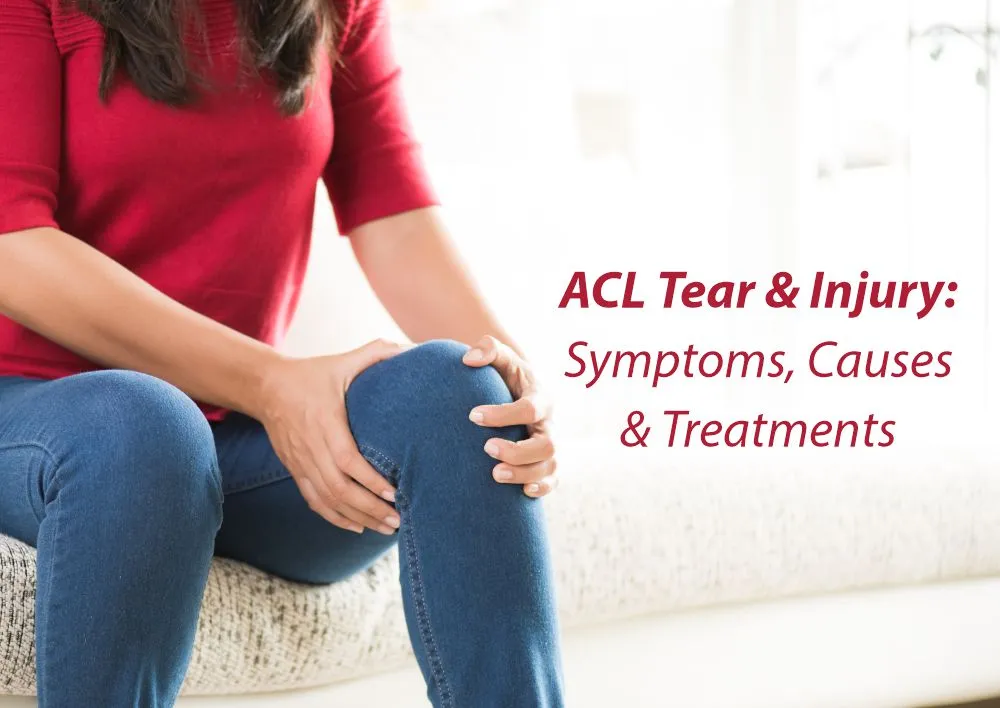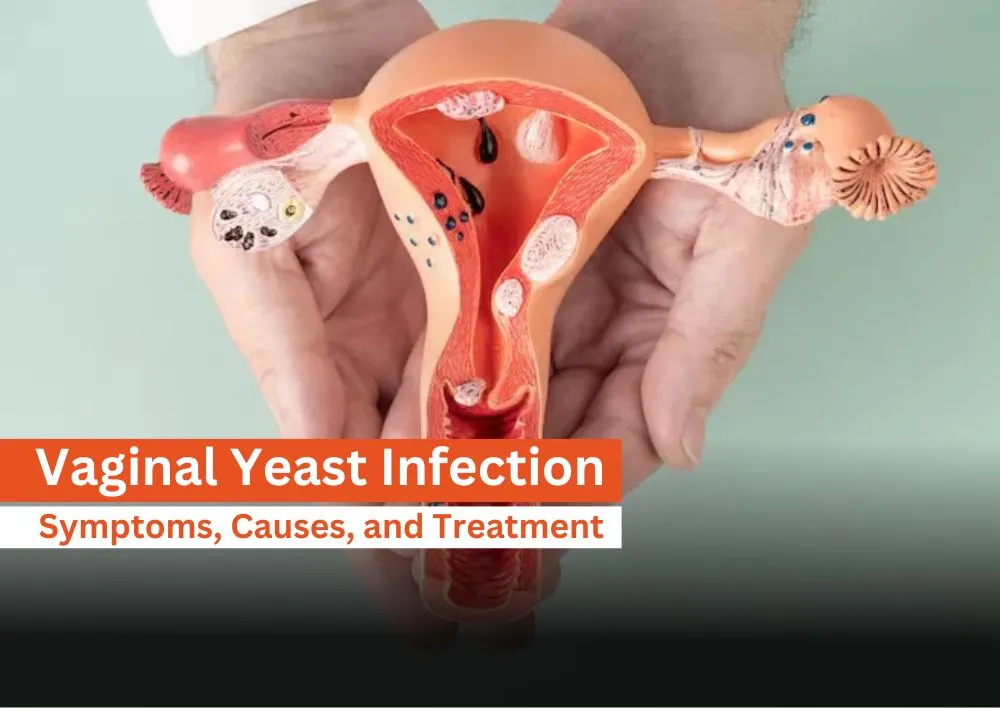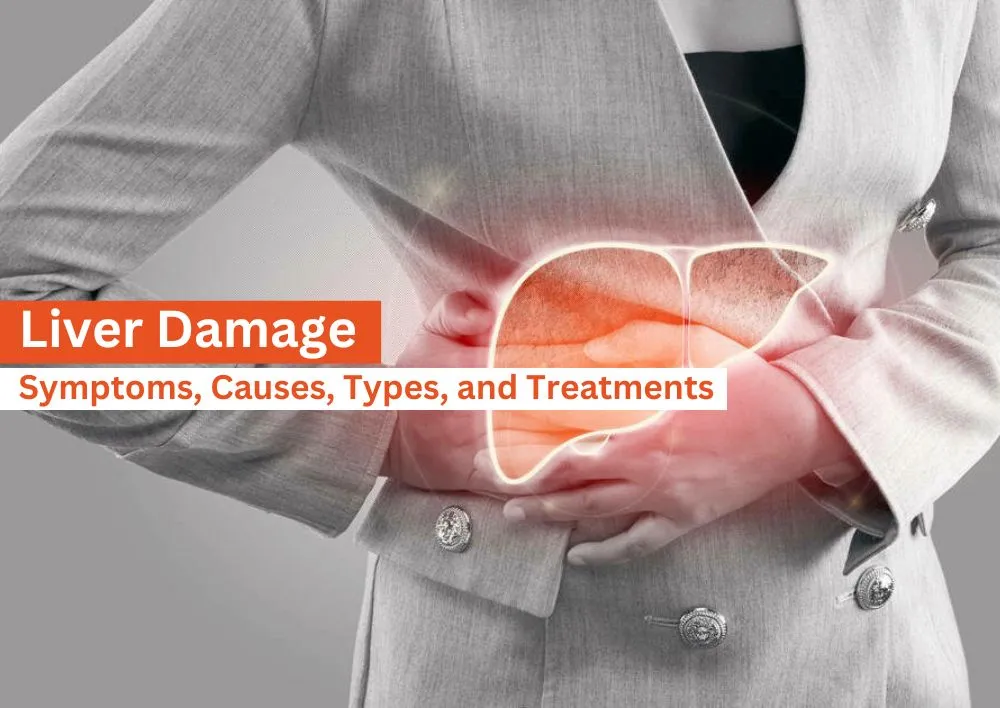ACL Tear & Injury: Symptoms, Causes and Treatments
ACL tears and injuries are common among athletes involved in sports that demand sudden stops, directional changes, or jumping. The anterior cruciate ligament (ACL), a crucial knee stabilizer, is frequently injured.
When it comes to ACL tears and injuries, experience and precision matter. Miracles Apollo Cradle/Spectra is the best ACL tear treatment hospital in Gurgaon. Boasting a team of renowned orthopedic surgeons in Gurgaon, state-of-the-art techniques, and personalized care, the hospital ensures a minimally invasive, accelerated recovery experience.
Schedule your appointment with the best ACL surgeon near you and reclaim the active lifestyle you deserve.
Let's look into the types of ACL injuries, symptoms, causes, and treatments of ACL tears to help you better understand this knee injury.
What is an ACL Tear?
An ACL tear, or anterior cruciate ligament tear, is a common knee injury characterized by the sprain or tearing of the ACL. This injury is frequently observed among athletes engaged in sports like basketball, soccer, and skiing, which involve abrupt changes in direction.
The anterior cruciate ligament (ACL) is a band of tissue crucial for stabilizing the knee joint. Positioned closer to the front of the knee, the ACL forms an "X" shape inside the knee with the posterior cruciate ligament (PCL), which is located toward the back of the knee. The ACL connects the thigh bone to the shinbone, preventing excessive forward movement of the shinbone (tibia) relative to the thigh bone (femur). Its role is vital in restricting overextension or rotation of the knee.
When an external force exerts undue pressure on the knee, causing it to bend or twist beyond its natural limits, it can result in injury or tearing of the anterior cruciate ligament.
What are the Types of ACL Injuries?
Understanding the various types of ACL injuries is important for accurate diagnosis and effective treatment. Here are some common types:
-
Partial ACL Tear: In this injury, only a portion of the ACL is damaged. While not fully affecting the ligament, it can lead to symptoms such as pain, swelling, and knee instability.
-
Complete ACL Tear: A complete tear involves the full rupture of the anterior cruciate ligament. It results in severe pain, immediate swelling, instability, and difficulty bearing weight on the affected knee.
-
ACL Avulsion Injury: This type occurs when the ACL is torn away from its attachment site on the bone. It presents symptoms similar to a complete tear, with added tenderness and pain in the affected area.
-
ACL Sprain: Graded from I to III based on severity, ACL sprains range from mild pain and swelling (Grade I) to complete tear and instability (Grade III).
-
Chronic ACL Tear: If an ACL tear goes unnoticed or untreated, it can lead to chronic knee instability. It is marked by recurring episodes of pain, swelling, and increased symptoms during physical activities.
-
ACL Injury with Meniscus Tear: Sometimes, an ACL injury occurs concurrently with a tear in the meniscus, the knee joint's cushioning cartilage. The symptoms of the condition include pain, swelling, locking, or catching in the knee.
-
Non-Contact ACL Injury: This type occurs without direct physical contact with the knee. It often results from sudden changes in direction, deceleration, or incorrect landing after a jump. Symptoms may include a popping sound, sensation, swelling, pain, and a feeling of the knee giving way.
-
Contact ACL Injury: Involving direct injury to the knee, such as a collision with another player. The symptoms vary based on severity, potentially leading to bruising or abrasions.
Understanding these different types of ACL injuries helps in proper diagnosis and tailoring effective treatment plans.
What are the Symptoms of an ACL Tear?
The most common ACL tear symptoms include:
-
Popping Sound followed by a sensation of knee instability
-
Swelling around the knee joint
-
Pain (especially during weight-bearing activities)
-
Stiffness
-
Loss of Range of Motion
-
Instability
What are the Causes of an ACL Tear?
An ACL tear can result from any force that puts excessive stress on your knee. Here are common causes:
-
Sports Injuries: Engaging in sports activities that demand sudden stops, pivoting, or changes in direction increases the risk of ACL tears. Athletes participating in such activities are particularly vulnerable.
-
Direct Hit: A direct impact to the knee, such as a collision or fall, can lead to an ACL tear.
-
Non-contact Injuries: ACL tears can occur without direct physical contact. Sudden changes in direction or improper landings after a jump are examples of non-contact incidents that can cause an ACL tear.
-
Gender: Research suggests that women may be more susceptible to ACL tears than men. It is due to differences in anatomy, muscle strength, and hormonal factors.
Understanding these diverse causes is crucial for preventing and addressing ACL tears effectively.
How are ACL Tears Diagnosed?
Diagnosing an ACL tear involves a comprehensive approach, combining a physical examination with imaging tests.
Physical Examination:
During the initial assessment, your orthopedic specialist will inquire about your symptoms, activities, and medical history. They will then examine your knee for signs of swelling, and tenderness, and assess its range of motion. To check for limitations, the specialist will perform an examination involving bending and straightening the knee.
Stability tests, such as the Lachman test, involve gently pulling the shinbone forward while the knee is slightly bent. Excessive forward movement may indicate an ACL tear.
Imaging Tests:
Your orthopedic surgeon may recommend the following imaging tests:
-
MRI (Magnetic Resonance Imaging): Considered the gold standard for diagnosing ACL tears, an MRI provides detailed images of the ligament and surrounding structures. It offers insights into the tear's severity and any additional injuries, such as meniscal tears.
-
X-rays: Although unable to directly visualize the ACL, X-rays can help rule out bone fractures.
-
Ultrasound: Typically recommended for children, ultrasound scans (USG) assist in assessing ACL tears.
Once the ACL tear diagnosis is complete, your orthopedic doctor will formulate a treatment plan. The plan depends on the ACL tear grade and any simultaneous damage inside the knee.
How are ACL Tears Treated?
The approach to treating ACL tears varies based on the severity of the injury. Here are common ACL tear treatments:
-
Rest and Ice: In the initial stages of an ACL tear, the first line of treatment involves rest and ice. This helps reduce swelling and alleviate pain.
-
Physiotherapy: A customized physiotherapy exercise program is essential for strengthening the muscles around the knee, improving stability, and restoring the range of motion.
-
Bracing: Some individuals may benefit from wearing a knee brace, providing additional support and stability during activities.
-
Medication: Your orthopedic doctor may recommend over-the-counter pain relievers and anti-inflammatory medications. These medications help manage pain and reduce inflammation.
-
Surgery: In severe cases of ACL tear and injury, surgical intervention may be necessary. An orthopedic surgeon may recommend ACL surgery to reconstruct the torn ACL.
Understanding the severity of the ACL tear is crucial in determining the most appropriate treatment strategy. Your orthopedic specialist will guide you through the options, tailoring the treatment plan to your specific needs.
How can ACL Tears and Injuries Be Prevented?
Here are some prevention strategies:
-
Strength Training: Building strength in the muscles surrounding the knee can help reduce the risk of injury.
-
Warm-Up and Stretching: Prioritize proper warm-up and stretching routines to prepare muscles and joints for the physical demands of exercise. Regular warm-ups before engaging in any physical activities can significantly contribute to injury prevention.
-
Proper Technique: Athletes should focus on proper playing technique. Ensuring correct form and technique helps in minimizing the risk of ACL tears.
-
Neuromuscular Training: Incorporating neuromuscular training, including balance and stability exercises, is an effective strategy to reduce the risk of ACL injuries. These exercises improve coordination and control, contributing to overall joint stability.
By incorporating these prevention strategies into training regimens, athletes can proactively reduce the likelihood of experiencing ACL tears and injuries.
Conclusion:
An ACL tear is a common but challenging injury that affects the ability of an individual to participate in routine activities and sports. Early detection of the problem and appropriate treatment are important for fast and successful ACL surgery recovery. Traditional treatment techniques, surgical intervention, and rehabilitation are important in restoring the muscle strength and functionality of the knee. Apart from the treatment techniques, you can adopt preventive measures to reduce the risk of ACL tears.
Miracles Healthcare stands out as the best orthopedic hospital in Gurgaon for ACL tear and injury treatment due to a combination of cutting-edge medical expertise, advanced technology, and a patient-centric approach. Our renowned orthopaedic doctors in Gurgaon utilize state-of-the-art techniques, ensuring precise diagnoses and minimally invasive procedures for faster recovery. Emphasizing complete rehabilitation programs tailored to individual needs, we aim to maximize functional restoration while minimizing long-term complications.
Miracles Healthcare offers comprehensive healthcare services through multiple facilities: Miracles Apollo Cradle, Miracles Apollo Cradle/Spectra, Miracles Fertility & IVF Clinic, and Miracles Mediclinic. Our facilities are located in Sec 14, Sec 56, and Sec 82, making daily healthcare more convenient for the people of Gurgaon.
Choose Miracles Healthcare for ACL treatment, and embark on a seamless journey from diagnosis to a successful return to an active and healthy lifestyle.





_in_Pregnancy.webp)







Was the information useful?
0 0